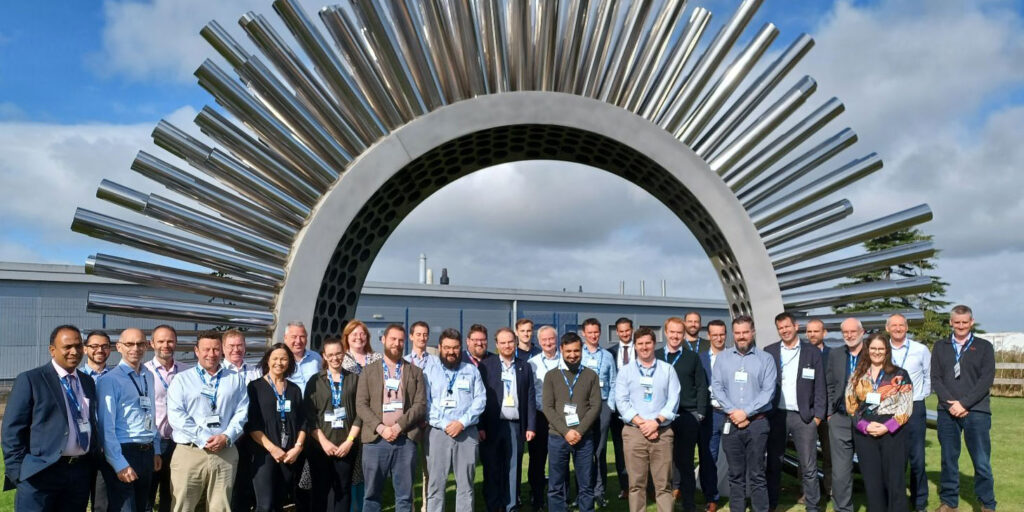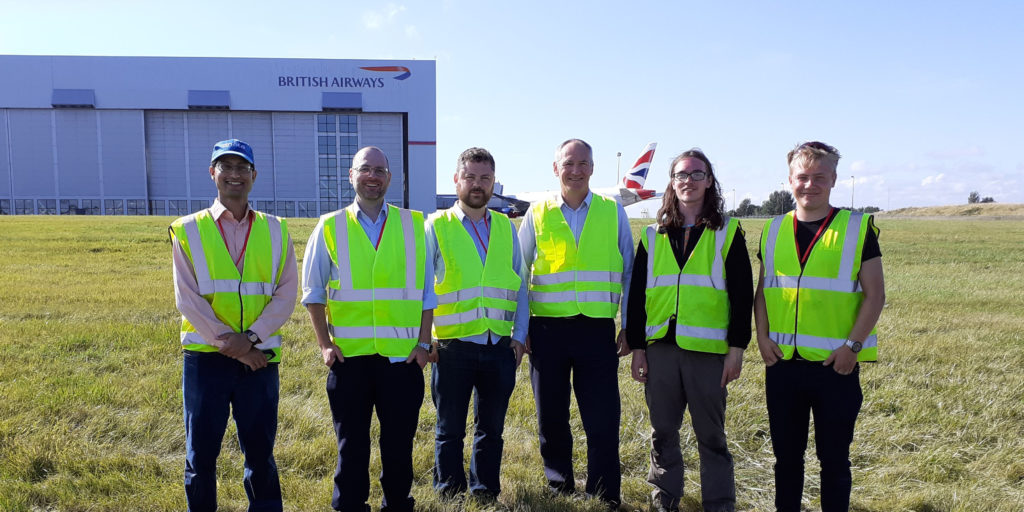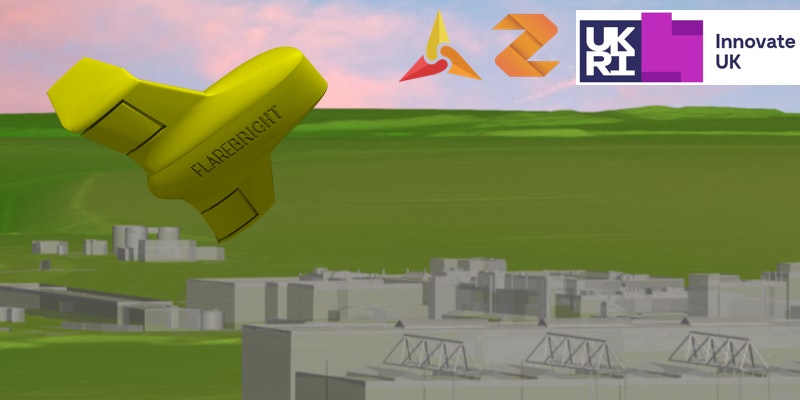
For us, there’s nothing more exciting that seeing our development work make a positive impact on the real world. So we’re always keen to share our passion for STEM (science, technology, engineering and maths) with schools to ensure a bright future for our industry.
With increased digitisation, code impacts nearly all aspects of our lives from microwaves to our favourite apps. Therefore it’s not surprising that coding is becoming one of the most in-demand skills, and this applies not just in the technology sector, but from finance to manufacturing, journalism to health. A US report found that there were as many as 7 million job opening in 2015 in occupations requiring coding skills. (Jobmesh). Over the next decade, in the UK it is estimated that there will be 1.4 million jobs in computer sciences but only 400,000 graduates qualified to fill them (International Business Times).
Therefore, just as literacy is vital to children’s future participation in economic, social and cultural spheres, now coding is equally important. Even if you’re not a coder for a living, understanding the foundations of our digital lives could give your chosen career that all-essential edge. It’s the new literacy. Increasingly there is a growing awareness of this need and potential skills gap, with coding being included in the UK’s national curriculum since 2014.
Let’s take Lego as a good example of how to encourage kids to code. At CES 2017 this month, the brand launched Lego Boost, which offers building instructions and commands to create five robots (including Vernie, a funny robot) designed to teach children (7 to 12 years old) how to code. The easy-to use app-based system and instructions on simple coding allows the children to make Vernie become a rapper, comedian or dancer as well as record their own voices so that the robot speaks just like them. First and foremost the children are having fun, using their imaginations, whilst the foundations of basic coding are being laid.
The ministry for speed inspires kids in STEM
Recently we worked on an educational initiative with the Bloodhound supersonic car challenge where school children competed to redesign the car and make it go faster and race against each other. This project uses a 1,000 mph world land speed record attempt to inspire children about STEM.
We worked on two events with Bloodhound SSC – one at At-Bristol with the University of Bristol, Graphic Science (STEMNet) and CFMS, and the other with HPC Wales, Swansea University, Technocamps and Fujitsu. In all we reached over 40 schools and 600 students. The pupils were given access to an online high performance computing resource and drew on real aerospace-grade data to analyse how to make the car go faster. They learned how to change various parameters, for instance the angle of the nose, or the thickness of the wheels, and watched the race telemetry with aerodynamic pressure plots.
The teams presented what they had discovered and it was inspiring to see these 11-14 year olds talk about such complex issues with real-life applications and get stuck in.
Watch the video to see just how much the children achieved:
The children in the film above certainly showed that they were on the way to becoming tomorrow’s technologists. But what skills do young people need to build to make a successful career in this field? A strong knowledge of maths and logic will really help although a background in computer science is not essential. Above all, persistence is key and the ability to keep up with the challenge of the ever-changing IT world with its new platforms, chips and hardware. For those who feel maths and science are not creative, think again. Good software design at its best, it’s artistic, beautiful and elegant.
We look forward to seeing the school children we met during the Bloodhound project some day soon using code to make our lives better, more productive or simply more fun. Perhaps even working for Zenotech…
What are your thoughts on STEM? Let us know if you’ve heard of interesting initiatives.



